I have been on your core protocol from the book for several weeks now with seemingly good results so far in terms of disappearance of aches and being able get great sleep for the first time in years. Thank you. I take the herbs as a decoction of all three herbs which I make the night before. My question is about appropriate dosage for a decoction. I’m assuming from your dosage recommendation for polygonum whole herb decoction that the amounts are significantly greater than for oral capsules. What I’ve done is to take 10 grams of andrographis powder (1stChinese Plum Flower Brand), 15 grams of polygonum (1stChinese whole herb powder), 15 grams cat’s claw (Raintree powder) and about liter and a half of water. I boil the cat’s claw for about 10 minutes, and separately simmer at low boil, the andrographis and Japanese knotweed at lower temperature for 10 minutes. I then mix it all together and simmer at low boil for another 10-15 minutes. I pour off the liquid and leave the sludge at the bottom of the pot. I find that the drink although bitter is quite tolerable for me to drink the next day cold. Are these dosages in line? I’ve considered backing off a little on the andrographis only because it seems to be very diuretic and leaves me feeling a little bit dehydrated at night but it’s hard to argue with the results. If it’s relevant, I’ve had a subclinical case of lyme probably going back 30 years, only recently diagnosed.
That sounds like a good mix to me, very well thought out.





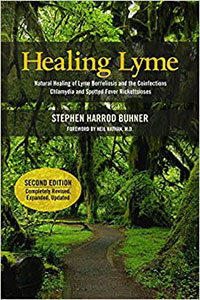
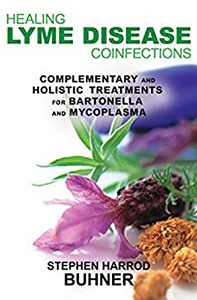
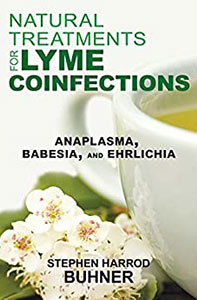
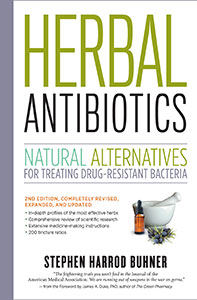
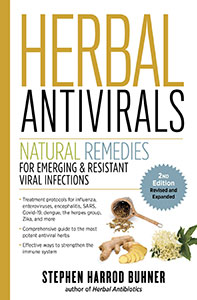



0 Comments